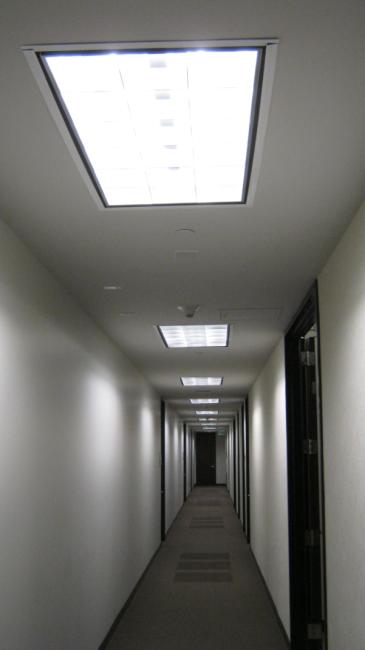Project Info
COMPLETE
 Project Title
Project Title
 Project Title
Project Title
Smart Corridor Bi-Level Lighting for Office Applications
Project Number ET10SCE1250 Organization SCE End-use Lighting Sector Commercial Project Year(s) 2010 - 2011Description
Bi-level and demand response (DR) capabilities will be demonstrated in corridor lighting for commercial and institutional market sectors through the use of step-dimming and/or full-dimming ballasts combined with occupancy sensors and DR controls in retrofit applications. The objective of the Smart Corridor project is to quantify the potential energy savings in corridor lighting by implementing bi-level lighting technologies in commercial spaces such as office, hospitality, and educational buildings while also evaluating the market potential for the bi-level lighting strategy. The energy savings data gathered from this field evaluation is crucial to the large-scale implementation of bi-level strategies, as it will support the inclusion of bi-level lighting practices for secondary spaces in utility incentive programs and, eventually, building code language.
Project Report Document
Loading PDF Preview...
